Handwriting more important than typing for primary school kids, expert says
Educational experts say handwriting should be emphasised over typing in the early years of primary schooling, with a number of benefits to going old school.
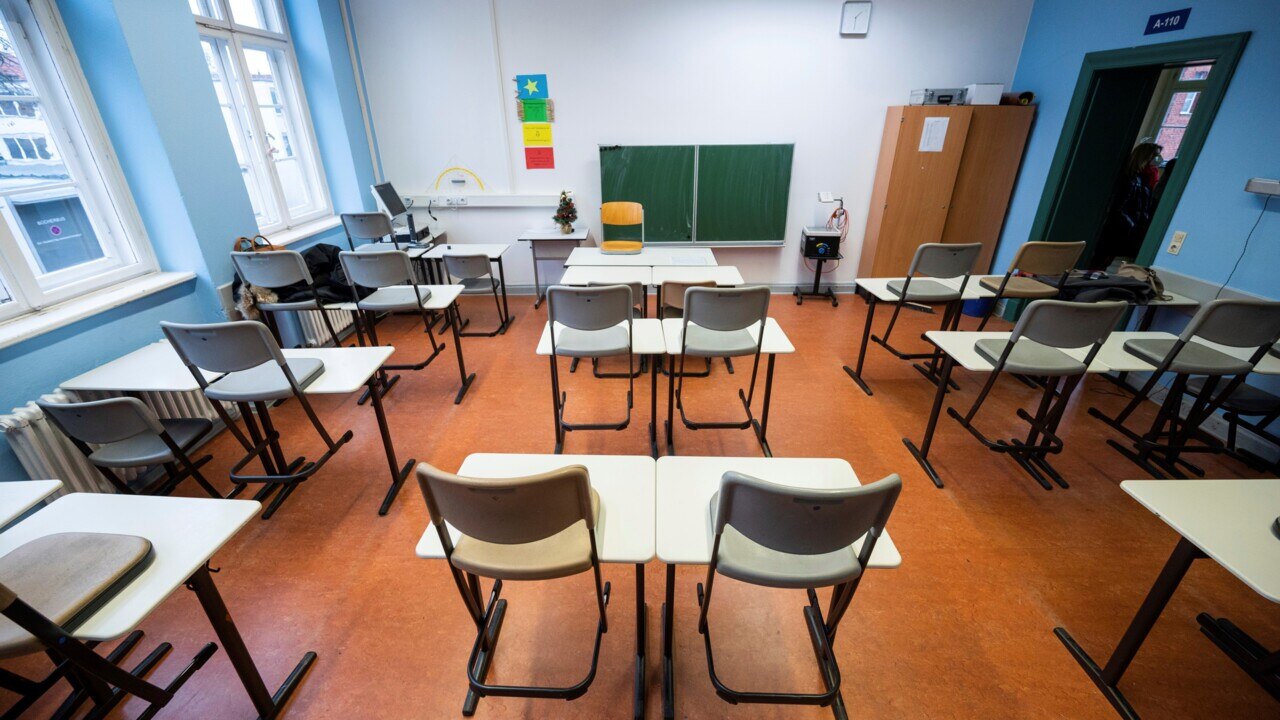
NSW
Don't miss out on the headlines from NSW. Followed categories will be added to My News.
The pen is mightier than the keyboard when it comes to literacy in the first years of school, according to a handwriting expert.
Murdoch University’s Dr Anabela Malpique urged parents to pivot away from phones to old-school pencils and paper to boost memory, hand-eye co-ordination and fine motor skills.
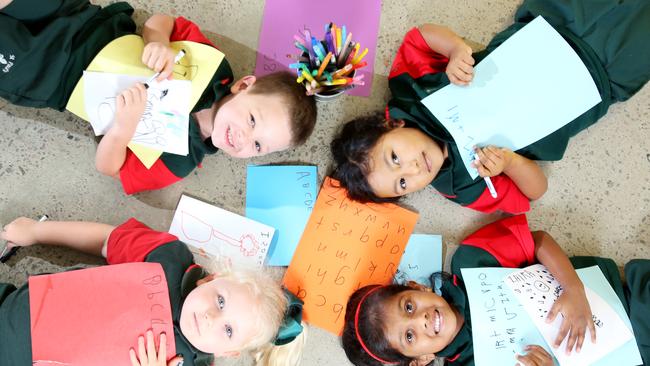
“Research is telling us in the primary years that kids need to have more time allocated to developing handwriting skills than typing,” she said.
“Especially in the first three years of schooling to develop their hand and eye co-ordination.
“Kids actually write better texts than when they write by hand than by typing.
“Parents need to support that with the guidance of the teacher … this is an international problem, not just in Australia.”
Primary Principals Association president Robyn Evans urged parents to bolster their child’s fine motor skills before they enter school through painting, picking up items with tongs and cutting with scissors.
“Hand-eye co-ordination, fine and gross motor skills are focused on through developmental play in the early years of school,” she said.
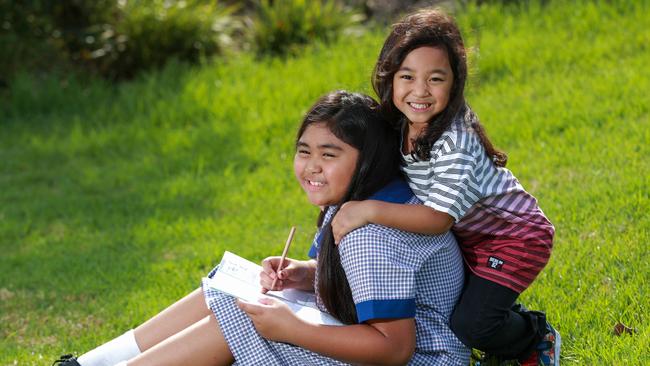
Australian Schools now have the option to type the writing response in the NAPLAN test while Year 12 students must still write with a pen and paper in their Higher School Certificate exams.
Handwriting coach Ella Losi said she helped school-aged children improve their writing but a significant portion of her clients were university students whose writing in exams had been deemed unreadable.
“Speed is important and so is legibility and they seem unable to do that … they have been penalised because it is illegible,” she said.
“I don’t think a lot of time is spent on handwriting and as a consequence of that they mix printing and cursive. And with cursive they really struggle because it is illegible.”
A NSW Education Standards Authority spokeswoman said students learnt handwriting from kindergarten to Year 2.
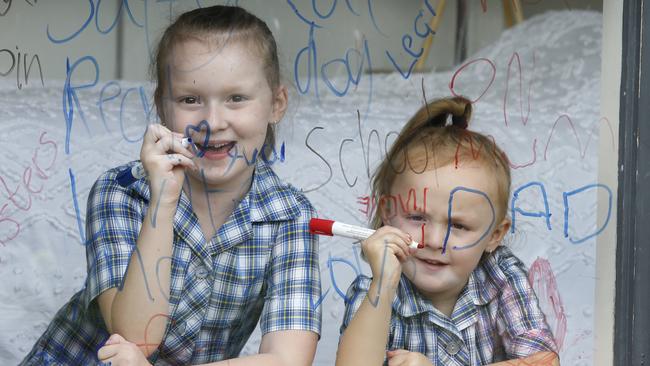
“By Year 4 they are required to write fluently and consistently in cursive writing when composing sentences and texts,” she said.
A Department of Education spokeswoman said digital technologies, including keyboards, were used from Kindergarten to Year 10.
“Teachers make decisions about how digital technologies are introduced and used in classrooms,” she said.
Mum Jvala Nolan, whose five-year-old twins Lorcan and Ruaidhri start kindergarten this week at St Cecelia’s Catholic Primary School in Balgowlah, said she does not allow them to use tablets so they develop their fine motor skills.
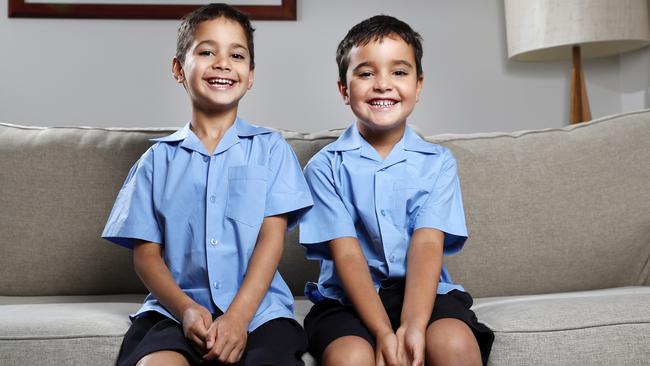
“We have an easel, felt tipped pens and they don’t really have tablets,” she said.
“They can write their name, they can write a few words already.”
Kellyville mum of three Heinna Vea makes sure her two eldest children Siaila, 7, and Soatame, 4, practise their handwriting regularly.
Business owner Ms Vea, 31, said the skill was “very important” and she “prioritised” it for her children.
“My daughter will usually do a page or two of handwriting at home if it needs work, and we do lots of handwriting practice with my son so he’s ready for school next year,” Ms Vea said
“When I grew up, my handwriting had to be perfect, so it’s something I’m trying to instil in them. I know there’s a lot of typing in school now, but handwriting has more structure and it teaches them co-ordination.”


